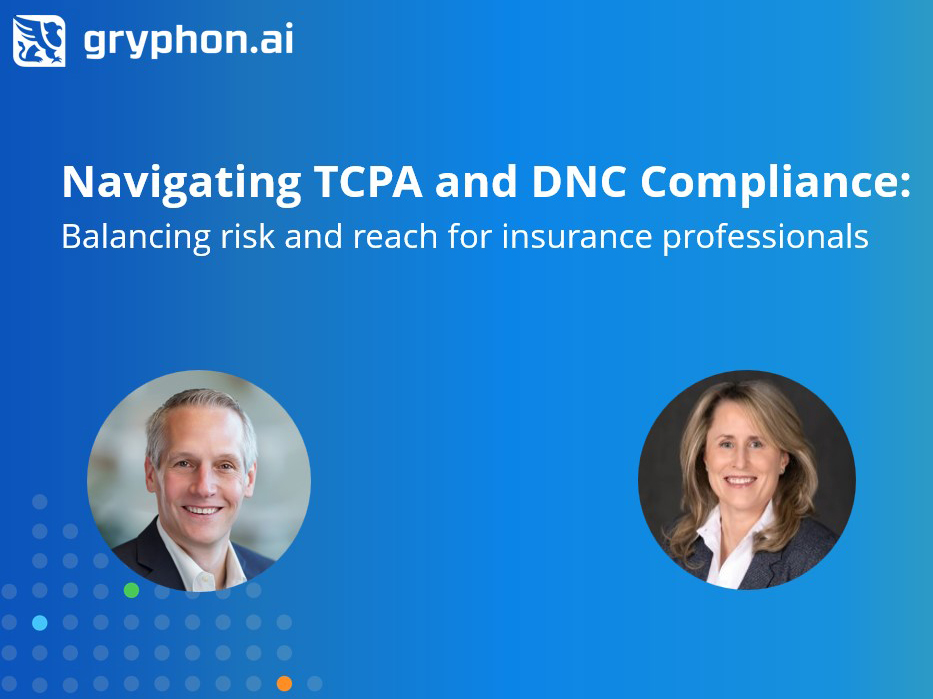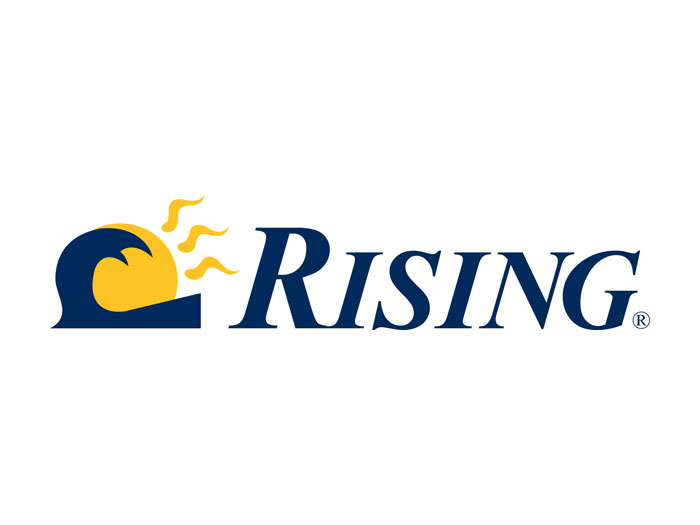Planning for the Future
Insurance Industry Seeks Talent

Insurance executives frequently cite a lack of new talent and an aging workforce as top concerns for the future of the industry.
That difficulty in recruiting newcomers to the industry was affirmed by a labor market study released by The Jacobson Group and Ward Group earlier this year. The study also found, however, that there was potential for growth as new skill sets become increasingly important.
Nearly two-thirds (63 percent) of companies surveyed said they expect to increase staffing over the next 12 months. That figure is down from January of this year, but still represents the second-highest percentage reported since the survey was first administered in 2009.
Most staffing will be in technology, underwriting and claims roles, according to the survey.
“We know the industry faces a big demographic challenge, which I think will cross a lot of disciplines and positions in the industry.” — Pete Miller, president and CEO, The Institutes
“Traditionally, actuaries and underwriters have been in demand, and I think that continues to be the case,” said Pete Miller, president and CEO of The Institutes.
The survey also targeted technology, actuarial, analytics and executive roles as being the hardest to fill. According to Greg Jacobson, co-CEO of The Jacobson Group, the issue comes down to simple supply and demand.
“Supply of skills in some of these areas isn’t changing as fast as demand,” he said. “Primary reasons for adding staff are related to ease of doing business and big data. Technology recruiting is suffering from changing technical requirements and increasing demand.”
Companies need to hire for the future, and many experienced people in the field today simply don’t have the knowledge and skill with data and technology to meet the industry’s needs.
“Technology continues to evolve, particularly around data science,” Miller said. “The insurance industry is kind of the original big data industry, and the industry has a big need for people that know how to use rapidly evolving tools to analyze and manipulate data, and how to spot trends.”
The industry will have to attract young, tech-savvy graduates to the industry in order to develop the skill-sets it needs to take advantage of technology’s capabilities.
“This is a relatively new discipline and the insurance industry is competing with many others for people who have the skills to build analytics capabilities,” Jacobson said. “There’s been a boom in demand given the growth of information and the way it’s used.”
“We know the industry faces a big demographic challenge, which I think will cross a lot of disciplines and positions in the industry,” Miller said.
Recruiting Challenges
The problem in recruiting isn’t lack of opportunity, experts said. Rather, the insurance industry has roles for every interest and college major. It offers chances for advancement, flexibility, and the sense of fulfillment that many young people entering the workforce look for.
“The ability to keep up with the pace of change while maintaining an organizational focus is a new responsibility for execs that has changed over the past 10 years.” — Greg Jacobson, co-CEO, The Jacobson Group
The Institutes conducted surveys to determine what young people think of the industry. The result?
“By and large, they don’t think about the industry, or they have misperceptions,” Miller said. “Part of what we’re trying to do is point out that this is a big industry with a lot of opportunities that is aligned with what a lot of young people want.
“There’s competition from banking and finance and tech companies,” he said, “but regardless of what you’re interested in, there’s a spot for you in this industry. To be able to understand and underwrite risk, you have to understand your customer’s business.”
Raising awareness has become a core mission at The Institutes, born out of the industry’s struggle to market itself effectively to college graduates.
The speed of technological change has posed challenges for some company leaders.
“The ability to keep up with the pace of change while maintaining an organizational focus is a new responsibility for execs that has changed over the past 10 years,” Jacobson said. “It’s hard to get executive teams to focus on what’s going to happen in the future, versus what’s happening today.”
Educational Efforts
Some carriers and brokers have their own internship or training programs for college students, but The Institutes has taken a centralized approach with its MyPath initiative, which aims to raise awareness among young people about the opportunities available and the rewards of working in the insurance industry.
“Our board is made up of senior level people at large P/C organizations, and they really look to us as an educational organization,” Miller said. “They’ve asked us to be a focal point for this effort.”
Created in 2013, MyPath serves as an online resource center for both college students and insurance companies, who can post internship or job opportunities.
Students can follow a step-by-step questionnaire that guides them to a position in the industry that best suits their skills and interests. It’s also the first significant effort to explain the role of insurance as the bedrock that supports all other industries and the safety net that keeps the economy humming.
Despite all the emphasis on technology and analytics, Miller said it’s important to highlight the human interactions that make a career in insurance rewarding. People skills still matter.
“My experience is younger people are more connected more completely because of technology,” he said. “They want a rewarding career, and they still want to work with people; they just do it differently.”








